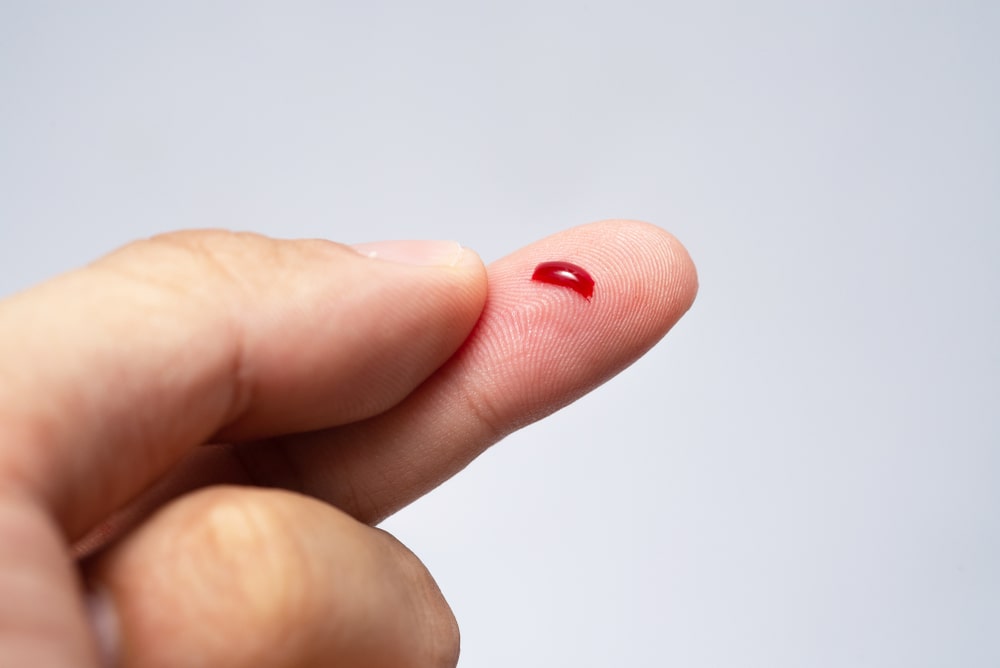Aim: To determine the bleeding time of own blood by Duke’s method.
Requirements: Sterile disposable needle (26G), filter papers, stopwatch, cotton swab, 70% alcohol, or any other suitable marketed antiseptic.
Principle: Haemostasis (‘haem’ means ‘blood’; ‘stasis’ means ‘to stop’) refers to the process of stoppage of bleeding within a specified duration (usually 1-5 minutes) after blood vessels are punctured, cut, or damaged. It prevents excessive loss of blood and thereby avoids further complications. This process involves multiple processes like vasoconstriction, platelet plug formation, and blood clotting.
Bleeding time is the time interval between the onset of bleeding and spontaneous unassisted stoppage of bleeding. The blood flow stops chiefly because of platelet plug formation and hence, this test is an important in-vitro test to check the platelet function. Bleeding time is usually be measured by Duke’s method or the Ivy method.
Since platelets are an important regulator of bleeding time alteration in their count is clinically significant.
Procedure:
- Select the appropriate finger, usually the ring finger, and clean the tip of the finger using 70% alcohol or any other suitable antiseptic.
- Get a finger prick using a sterile disposable needle (26G) to obtain free-flowing blood with minimum pain.
- Immediately, start the stopwatch and note the time.
- Absorb or remove the blood drops every 30 seconds by touching the puncture site on the piece of filter paper without pressing or squeezing the finger.
- Number the blood spots one onwards.
- Note the time when the bleeding stops i.e. when there is no trace of blood spots on filter paper.
- Count the total number of spots and note down the number at which there is no trace of blood as an endpoint.
- Express the result in minutes and seconds.
(Note: The normal bleeding time is 1-5 minutes).
Observation:
- Name:
- Age:
- Gender:
- Date:
- Time of pricking: 11:40:00 am.
An example for writing observation is given below.
| Sr. No. | Timing of taking blood spot on the filter paper | Bleeding status (Yes/No) |
| 1. | 11:40:30 am | Yes |
| 2. | 11:41:00 am | Yes |
| 3. | 11:41:30 am | Yes |
| 4. | 11:42:00 am | Yes |
| 5. | 11:42:30 am | Yes |
Result: The bleeding time of own blood was found to be ‘……’ minutes and ‘……’ seconds.
Clinical Significance:
| Sr. No. | Bleeding time | Indications/Factors responsible |
| Prolonged | Platelet defect Severe liver disease Uremia Anti-coagulant drug administration Von Willebrand disease Thrombocytopenia (deficiency of blood platelets) Disseminated intravascular coagulation Glanzmann’s thrombasthenia Hypofibrinogenemia. |
Make sure you also check our other amazing Article on : Study of Compound Microscope
